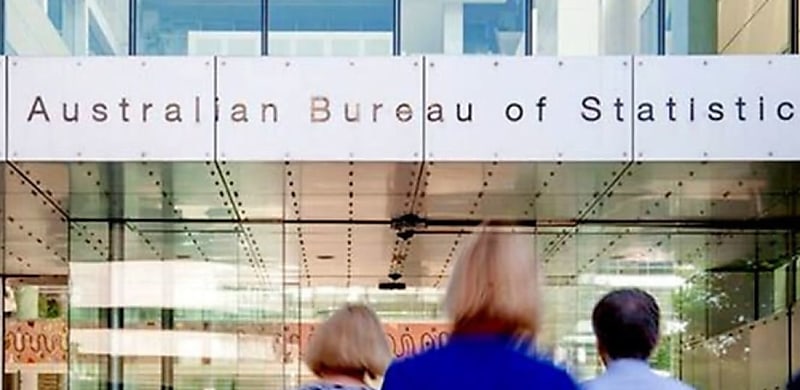
The latest ABS statistics have reflected an increase in demand for mortgages in February, brokers have said.
The Australian Bureau of Statistics (ABS) has revealed an increase in the value of new loan commitments for total housing in February of 1.5 per cent to $26.4 billion following back-to-back declines of 4.1 per cent and 3.9 per cent in December 2023 and January 2024.
New loan commitments for housing rose to $26.4 billion, following a drop of 0.8 per cent in January, leaving it 13.3 per cent higher compared to the same period in 2023.
Owner-occupier housing values rose 1.6 per cent to $16.9 billion and were 9.1 per cent higher compared to a year ago. Meanwhile, the value of new loan commitments for investor housing rose 1.2 per cent to $9.5 billion, with annual growth of 21.5 per cent.
ABS head of finance statistics Mish Tan said the annual growth in the value of new investor loans made up “over half of the growth in total new loan commitments over the past year”.
Speaking to The Adviser, principal of Kelso Finance, Sandy Kelso, said she’s seen a “marginal increase” in mortgage demand and home buyer confidence in recent months.
“There was a quiet period in February for a week or so when the rates were announced and bounced back [in] March with home buyers and investors,” Kelso said.
“I think the sentiment is people are expecting property prices to soar once rates start dropping. So, there is a sense of FOMO to get in the market now before it’s too late. I’m also starting to see more investors than home buyers in the market again.”
Similarly, franchise owner of Mortgage Choice Berwick, David Thurmond, said he’s “definitely” seen an increase in leads and applications over the last one to two months.
“I think interest rates remaining on hold since November has given people a bit of confidence that we’re at the top of the rate cycle. I also think the tough rental market is factor, as well as the influx of skilled migrants,” Thurmond said.
With interest rates seemingly on hold for now and potential rate cuts expected in the second half of the year, Thurmond said he expects the trend in home buyer confidence to continue.
“Borrowing capacity is the biggest hurdle for most of our inquiries so reduced rates will certainly create more opportunities for those looking to get in the market,” he added.
Kelso echoed this sentiment: “I think we will have people getting in the market who can afford it with the view that once rates drop more people will be in the market.”
Sarah Thomson, managing director for Loan Market Geelong, said there’s been increased demand from first home buyers gaining more confidence in the housing market.
“And I think that’s coming from more investors selling properties that are [in the right] price range for the first-time buyers as well. Obviously, with the government incentives as well to get in is definitely helping at the moment,” she said.
Indeed, the number of first home buyer owner-occupier loans also saw a rebound during February, rising by 4.3 per cent to 9,377, following a decline of 5.6 per cent in January. The value of these loans was 20.7 per cent higher over the same period, according to the ABS.
State by state, the number of new loan commitments for owner-occupier buyers rose in all states except Tasmania.
This was led by the Northern Territory at 23.5 per cent, followed by the ACT (7.5 per cent), NSW (6.4 per cent), Queensland (3.2 per cent), Victoria (1.3 per cent), South Australia (0.7 per cent), and Western Australia (0.5 per cent).
Tasmania recorded a decline in this category of 0.7 per cent.
[RELATED: When will the RBA start cutting rates?]
 Login
Login











JOIN THE DISCUSSION